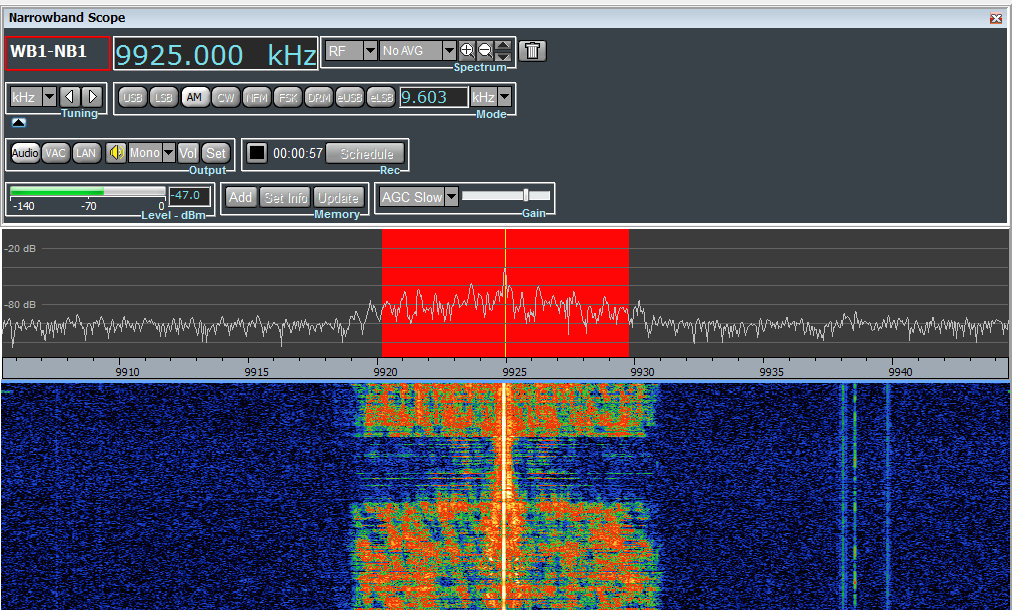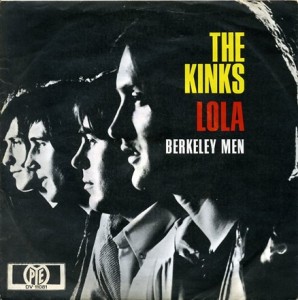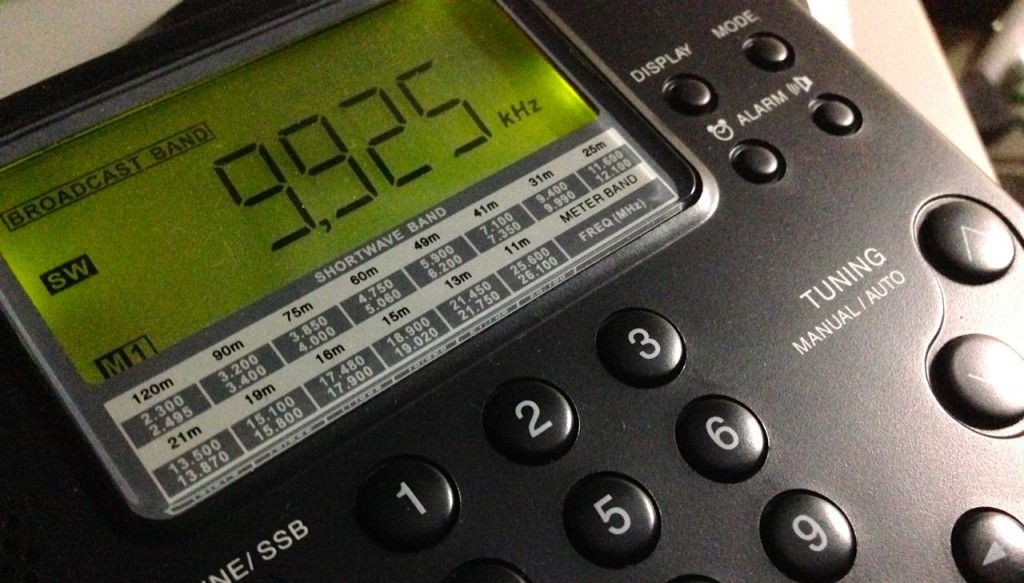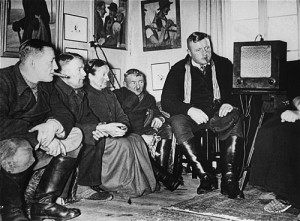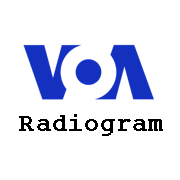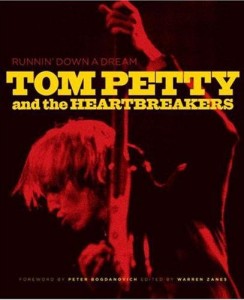
This episode of The Giant Jukebox features one of my favorites from Tom Petty and the Heartbreakers
The Mighty KBC broadcast again early this morning (from 00:00-02:00 UTC) on 9,450 kHz. Their signal was quite strong into North America and there was very little interference of any sort. As we’ve come to expect, the KBC’s Giant Jukebox of music has a lot of rock-n-roll variety, spanning the decades.
And as I’ve mentioned before, perhaps what I love most about The Mighty KBC is their format; it harkens back to the day when my local radio stations had professional DJ’s behind the mic, people who loved music and loved their job. Thanks to Eric and The Mighty KBC for blasting the Giant Jukebox across the planet! I look forward to their broadcast every weekend.
You can listen to the full recording below in the embedded player, or simply right click this link and save the MP3 file to your computer:
You’ll notice that Kim Elliott has another installation of digital text modes in this broadcast. At about 01:30 UTC, Olivia 8-2000 will be centered on 1500 Hertz, and PSKR125 centered on 2800 Hertz. At just before 02:00 UTC, images in MFSK32 will be at 1000 and 2000 Hertz, with another image in MFSK16 at 2600 Hertz.
Decode these digital modes using Fldigi from www.w1hkj.com.

